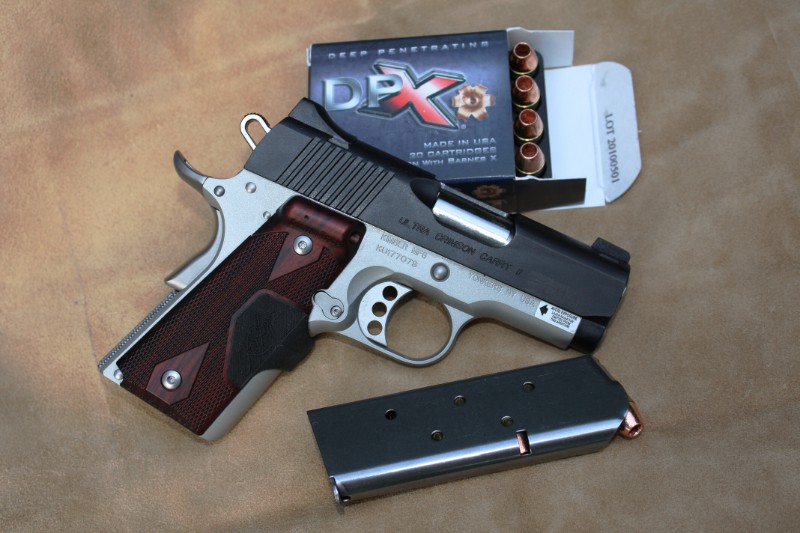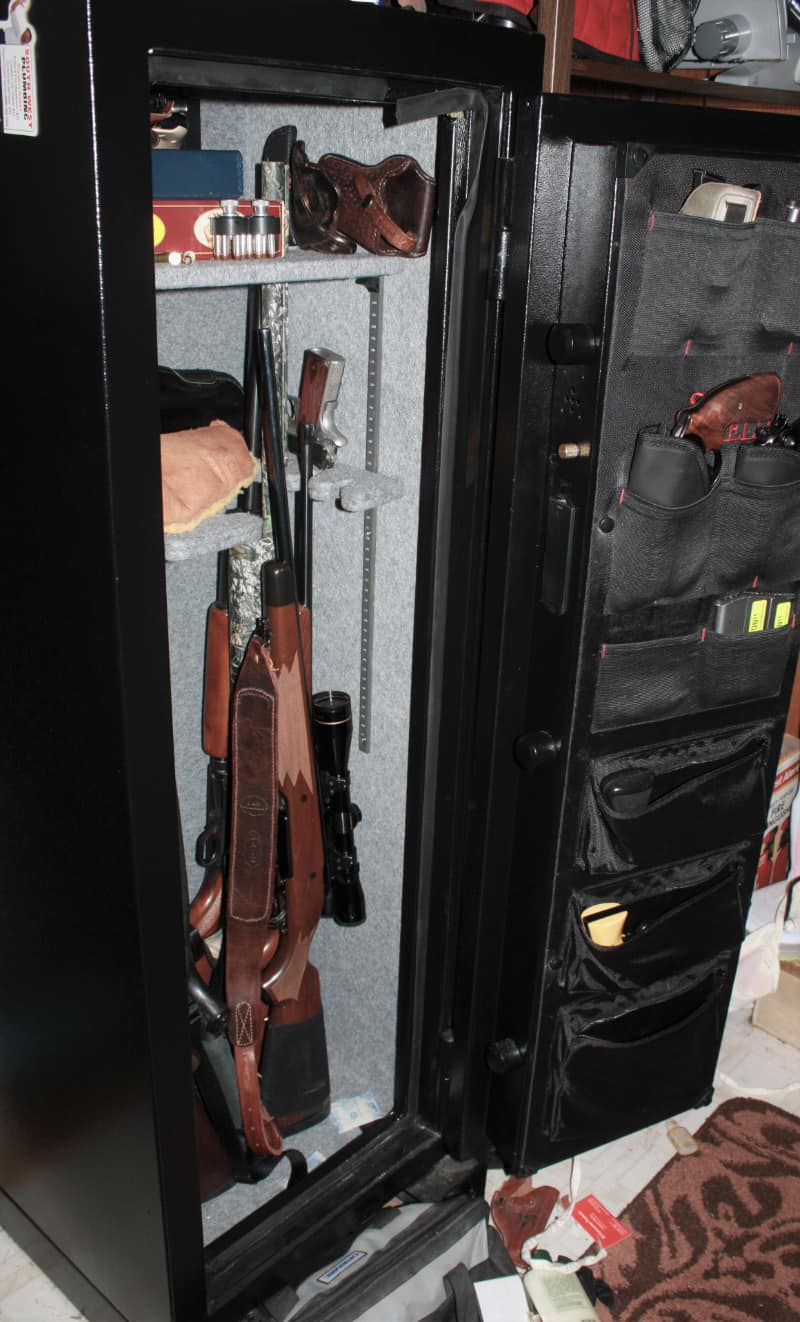Who Says People Don't Want Guns?
Busy Year for NICS Checks
There seems to be a misconception among some people Americans believe there are too many guns “out there” — wherever “there” happens to be.
According to the raw numbers reported by the FBI’s National Instant Check System (NICS) earlier this month, this rumor is a myth. According to the FBI, last year wrapped up with 38,876,673 initiated background checks. This is second only to the 39,695,315 logged in 2020, which will go down in history as the year of COVID-19 and anarchy.
As the FBI acknowledges at the bottom of its monthly report chart, “These statistics represent the number of firearm background checks initiated through the NICS. They do not represent the number of firearms sold. Based on varying state laws and purchase scenarios, a one-to-one correlation cannot be made between a firearm background check and a firearm sale.”
We all understand this, but the raw number is simply staggering. If only half of those checks translated to a gun sale, it would translate to more than 19 million new gun sales. Background checks are conducted for other purposes, and not all initiated checks end up with a transaction. On the other hand, it is not known how many such checks involved the purchase of more than one firearm.
Since the NICS background check system went online in November 1998—when a paltry 21,196 checks were conducted—the system has handled 411,576,054 initiated checks. Last year, the biggest months were March with 4,691,738 checks, followed by January with 4,317,804 checks. The third busiest month was April, which racked up 3,514,070 checks, according to the FBI chart.
What seems indisputable is the past year, or more accurately, the past two years, saw millions of U.S. citizens buying firearms for the first time. One observer put it bluntly: “People realized their fallback was that good old Second Amendment.” During a period of shrinking police budgets and losses of manpower due to how some in municipal government wanted to defund the police and vaccination mandates opposed by at least some in law enforcement, response times increased and homicides went up.
The result was increased gun purchases, and certainly part of the credit must go to Joe Biden, who entered the White House promising—but not delivering—a radical gun control package.
The Survey Said
No analysis of last year’s continued strong gun sales would be complete without checking a report from Rasmussen, a veteran polling firm with a pretty good track record on gauging social issues.
Last May 7, Rasmussen revealed the results of a telephone and online survey that found 35 percent of American adults living in gun-owning households said someone in that household had purchased a firearm within the past year. No great shock there, but back on April 26, NPR reported on a 2020 survey by the National Shooting Sports Foundation that found a whopping 40 percent of their customers from January to April that year were first-time gun buyers.
While The Atlantic editors may have cringed to publish the following, it reflects what others have been saying. In a Sept. 1, 2021 story, writer David Frum reported, “When the coronavirus pandemic struck, people throughout the developed world raced to buy…basic necessities. Americans also stocked up on guns…First-time gun purchases were notably high.”
Several paragraphs later, Frum acknowledged something that seems to bother many Atlantic readers: “Two-thirds of American gun buyers explain that they bought their gun to protect themselves and their families.”
From there, Frum contended that having a gun in the home makes the occupants less safe. Tell that to the law-abiding citizens who have used their guns in self-defense. A couple of years ago, I co-authored a book with Alan Gottlieb titled Good Guys with Guns. It was a compilation of stories highlighting self-defense incidents.
A few weeks ago, this column discussed a rush on guns in, of all places, Beverly Hills. Nobody makes this stuff up.
What drives sales?
What drives gun sales? Aside from Capitol Hill anti-gunners, their billionaire supporters and a president who unintentionally acknowledged last July he wants to ban semi-auto rifles and 9mm handguns, highly-publicized violence in cities also spurs gun purchases.
A nightly diet of “if it bleeds, it leads” stories such as the number of murders in Chicago (797 last year) or other big cities help convince people they need to take responsibility for their safety.
Chicago —a city where murder seems to have become the most popular pastime — isn’t the only one.. Portland, Oregon—a city that used to have a reputation for being laid back—set a new record for homicides last year. Washington, D.C. police logged 227 homicides and Baltimore; Maryland reported 337 last year. In Minneapolis, according to the Associated Press, 96 people were murdered in 2021. The fabled Wild West was considerably tamer.
When people are worried, they feel safer with a police presence. When the movement to defund police began in 2020, many people concluded they would feel safer with a gun.
The Bureau of Alcohol, Tobacco, Firearms and Explosives came into the New Year with a new rule, effective Feb. 3, requiring federal firearms dealers who sell firearms to certify they also “have available secure gun storage or safety devices.”
Translation: They need to sell gun safes, lock boxes and other “safe storage” devices. Attorney General Merrick Garland declared in a prepared statement, “Gun safety is a Department of Justice priority, and we will continue to take all appropriate steps to help reduce the number of people killed and injured by the misuse of firearms.”
I always thought bringing criminals to justice was a DoJ priority. Prosecuting bank robbers and drug dealers is supposed to be a priority. But since when is the DoJ better at promoting gun safety than, say, the National Rifle Association? For decades, the NRA has been considered the “Red Cross of firearms safety.” Local gun clubs, gun ranges, hunter education courses, firearms instructors — they’re all front line resources for gun safety advice.
The new rule, says Garland, is aimed at making sure guns don’t end up in the wrong hands.






